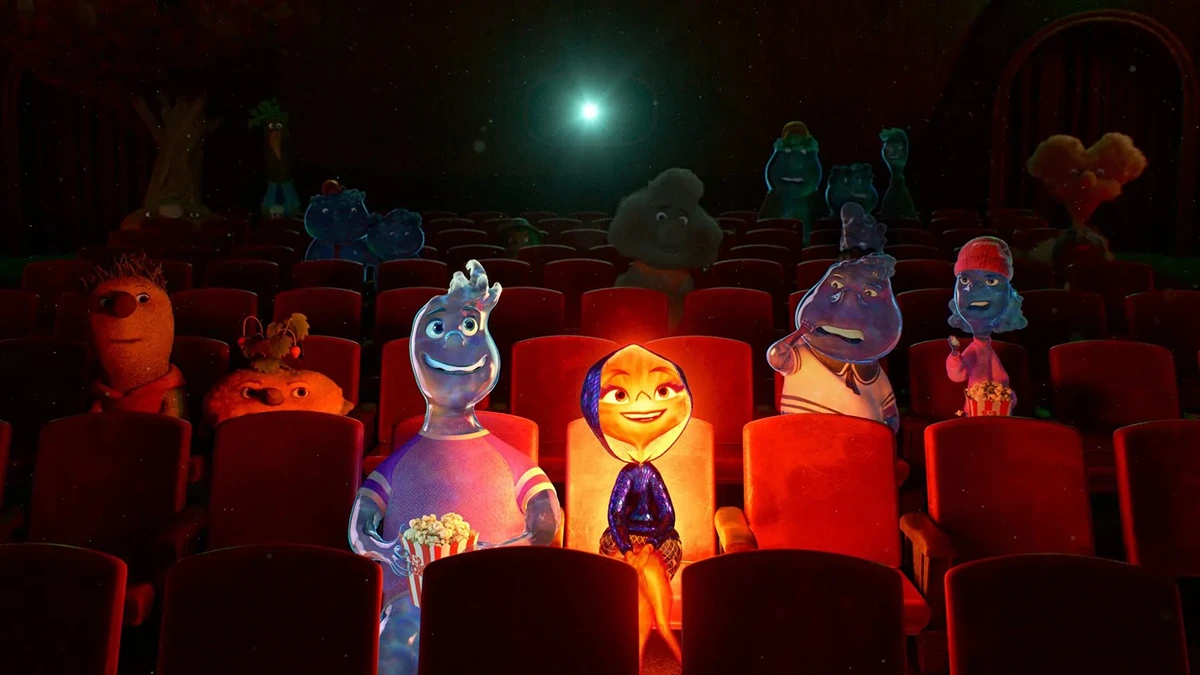
Advertisement
The Pixar Theory is a comprehensive concept connecting all Pixar movies within a shared universe, proposing that these films can be watched in chronological order to reveal a cohesive timeline of events. Beginning with Elemental in 2023 and delving into prehistoric times with The Good Dinosaur, the theory suggests how each movie fits into this overarching narrative.
Elemental, set in a world of elements, is speculated to occur either in a distant past dominated by inorganic substances or in a future era long after Monsters, Inc. It symbolizes the genesis of life in the Pixar universe, where elements were created, sparking the chain of events.
The Good Dinosaur unfolds in an alternate prehistoric world where dinosaurs and humans coexist due to the divergence of a meteor’s path. This divergence allowed dinosaurs to evolve further, leading to their higher intelligence. The movie hints at connections to Monsters University, featuring a stuffed Apatosaurus in a child’s room.
Brave, set in medieval Scotland, showcases a sorceress who bestows sentience upon animals and inanimate entities, linking to the narrative of Turning Red through the use of magical abilities and doors to other realms.
Luca, set in 1950s Italy, possibly ties sea creatures to the wider Pixar world by hinting at connections with Monsters, Inc., indicating that creatures expelled from Monstropolis integrate into human society.
The Incredibles reveals a pivotal moment in history where machines become a threat to superhumans, continuing the theme seen in Wall-E and Cars.
Lightyear, despite being set in the far future, is rooted in the past and acts as the inspiration for Andy’s Buzz Lightyear toy in Toy Story.
Toy Story introduces toys that exhibit emotions, manipulated by a corporation (BnL) for human emotions, setting the stage for subsequent films exploring the sentience of animated objects.
Movies like Finding Nemo, Ratatouille, Inside Out, and others showcase animal-human interactions, feelings of resentment, memories, and the power of collaboration, all integral to the Pixar Theory.
Cars, WALL-E, and A Bug’s Life delve into the imbalance caused by machines, human exodus to space orchestrated by BnL, and Earth’s environmental degradation, respectively.
Monsters University, positioned nearly 1,400 years after A Bug’s Life, depicts monsters’ fear of humans, which leads to false teachings about them, tying into the false belief in Brave that humans are toxic entities.
Monsters, Inc. suggests that Boo grows up to become the witch in Brave and uses doors to time-travel, as indicated by shared elements between the two films.
The Pixar Theory connects these films through intricate details, portraying a rich, interwoven universe. Whether considered too far-fetched or an ingenious revelation, watching Pixar movies in chronological order offers new insights into beloved characters and stories, showcasing Pixar’s storytelling brilliance and creativity.
